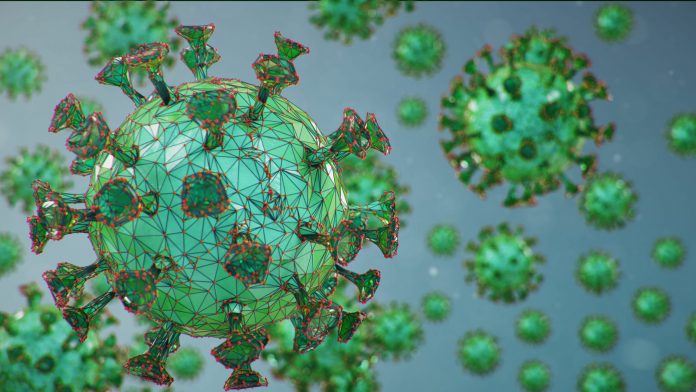As the coronavirus pandemic continues to ravage the U.S. healthcare system, many healthcare professionals are struggling to find enough medical supplies to treat patients and to avoid becoming infected themselves. A recent New York Post article finds nurses working in a New York City hospital resorted to covering themselves with garbage bags because the hospital had run out of gowns. The nursing staff also ran out of medical masks and was forced to reuse disposable ones.
Not surprisingly, these makeshift solutions did not prevent these nurses from catching the coronavirus. One of them, an assistant nursing manager named Kious Kelly, recently passed away after becoming infected. Saddened and outraged, one nurse said, “Kious didn’t deserve this…The hospital should be held responsible. The hospital killed him.”
Stories like Kelly’s have become alarmingly common. A recent survey conducted on 323 hospital administrators finds medical establishments across the country are consistently short on COVID-19 testing kits, ventilators, and protective equipment for healthcare professionals. Personal protective equipment (often abbreviated to PPE) has become so scarce that some hospitals are reducing nurse’s hours or shutting down completely to prevent essential medical workers from becoming infected.
Tragically, the list of essential medical items in short supply is long. A report compiled by health improvement company Primer finds that fifteen drugs used to fight COVID-19 are either in a shortage or close to it. Among these drugs is fentanyl, which helps sedate patients who need to be sedated to use a ventilator. Currently only 61 percent of fentanyl orders are filled. Many anesthetics that can help treat respiratory failure are also in short supply.
Unfortunately, drug shortages in the United States were a persistent concern well before the coronavirus pandemic. Current drug shortages stemming from the virus are only the most recent example of a longstanding shortcoming of our healthcare system.
What can we do? As I’ve argued in a previous post, drug shortages might occur for a variety of factors. However, the only way to consistently mitigate shortages (for any good), is to allow for competition between suppliers to meet consumer demand. In a highly regulated market like healthcare, the most effective way to promote competition is to slash regulation.
Thankfully, regulators have done just that. The Food and Drug Administration reduced its special licensing requirements for private laboratories to test for COVID-19. Since eliminating this barrier, testing has increased to nearly 100,000 tests per day.
The FDA also used its expedited review process to approve a COVID-19 testing kit that provides a diagnosis in 5 minutes. The agency also approved hydroxychloroquine and chloroquine as emergency treatments for the virus and waved restrictions on importing medical masks from Australia, Brazil, Japan, South Korea, and Mexico.
The pandemic is far from over, and it will likely continue to push our healthcare system to its limits. But recent experiences have taught us that cutting regulatory barriers is providing patients, nurses, and other medical professionals with needed supplies. To get more urgently needed drugs to patients, let’s stick with what is working.
